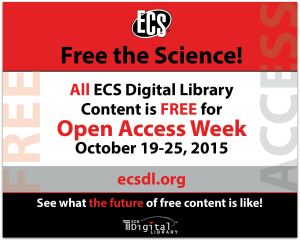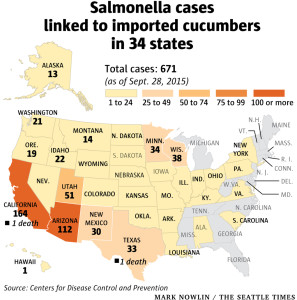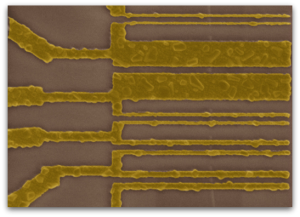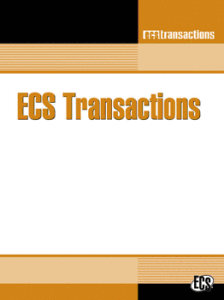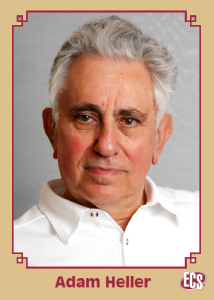
Get your official Adam Heller trading card at the 228th ECS Meeting!
With the fifth international Electrochemical Energy Summit and the ECS Lecture by Adam Heller, the 228th ECS Meeting is poised to be one of our most significant programs in the history of the Society. While Heller’s contributions to science are well known—from lithium batteries to biomedical engineering to photoelectrochemistry—his connects to ECS may not be as familiar, but nonetheless run deep.
Notably, this is not the first lecture delivered by Heller at an ECS meeting. During the 180th ECS Meeting in 1991, Heller delivered one of four ECS lectures entitled “On the Impact of Electrochemistry on Biomedicine and the Environment.” Now, 28 years later Heller will be delivering yet another lecture at the 228th ECS Meeting in the same location as the 180th. With his scientific themes transcending the years, his lecture this year is entitled “Wealth, Global Warming and Geoengineering.”
Over 50 Years of Innovation
Aside from delivering the much anticipated ECS Lecture at the 228th ECS Meeting, Heller will also be accepting the Heinz Gerischer Award for his fundamental and applied contributions to electrochemistry and its uses. This award is especially significant due to the connection between Heller and Gerischer.


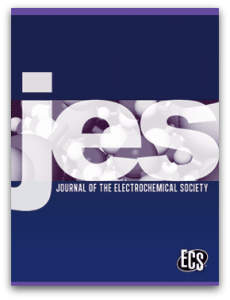
![[Click to enlarge]](https://www.electrochem.org/wp-content/uploads/2015/10/PdNi_Fig10-300x264.jpg)
